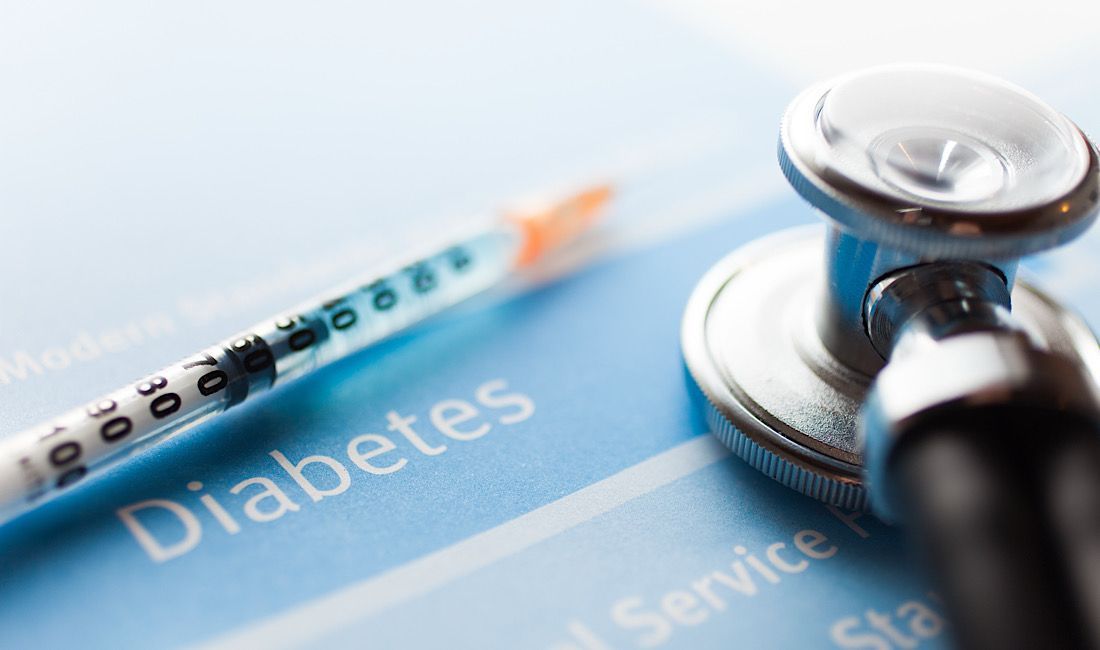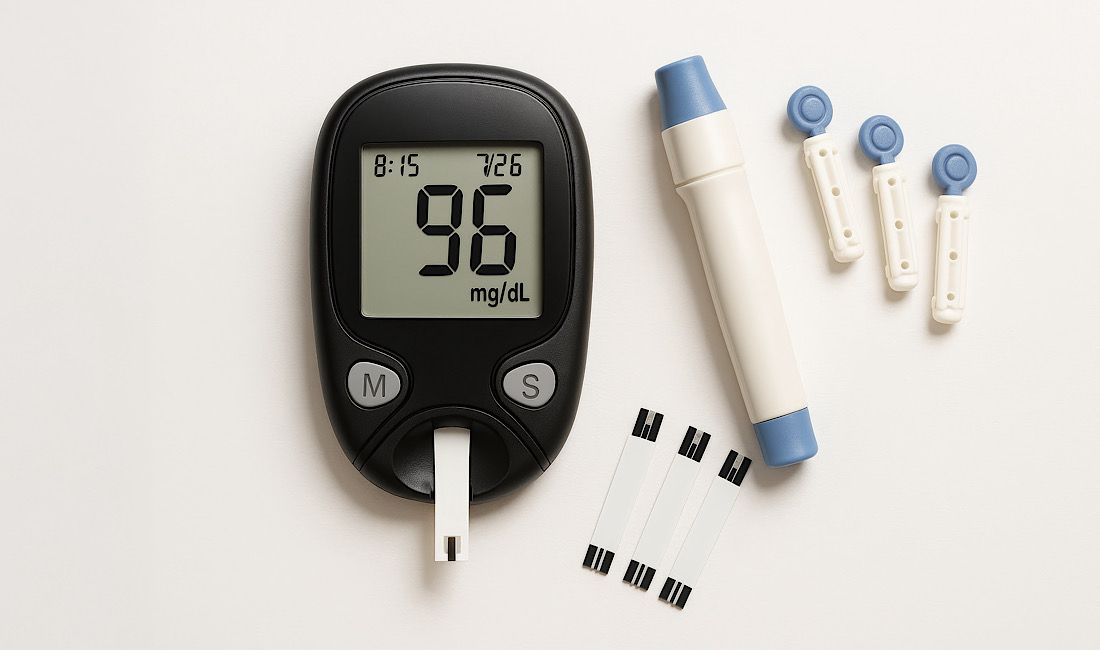Spring Forward Safely: Adjusting to Daylight Saving Time on the Road
The Impact of Daylight Saving Time on Driving Behavior and Safety

Daylight Saving Time (DST) has been debated for many years, particularly regarding its impact on driving behavior and road safety. The transition into DST involves setting clocks forward by one hour in the spring, effectively shifting an hour of morning light to the evening. This change, while seemingly minor, can have significant implications for drivers, influencing accident rates and driving habits.
Changes in Light Conditions and Driver Alertness
One of the most direct effects of DST is the shift in light conditions during typical commuting hours. In the mornings, drivers suddenly find themselves traveling in darker conditions than they were accustomed to prior to the time change. This reduction in morning light can impact visibility and increase the risk of accidents. Conversely, the evenings are brighter for a longer period, which can enhance visibility for drivers during these hours.
Moreover, the adjustment to a new sleep schedule can temporarily disrupt sleep patterns, leading to drowsiness. Drowsy driving is a significant safety hazard, as it impairs reaction times, decision-making abilities, and overall alertness. The National Sleep Foundation highlights that losing even one to two hours of sleep in the days following the transition to DST can significantly impair driving performance. This sleep disruption can contribute to an increase in road accidents in the days following the change to daylight saving time.
Statistical Insights into DST-Related Driving Risks
Research and statistics have illuminated the risks associated with the transition into DST. A study by the University of Colorado Boulder found that there was a 6% increase in fatal car accidents in the United States during the week following the switch to DST. This translates to approximately 28 additional deaths each year. The risk is particularly pronounced in the mornings, aligning with the reduced visibility and increased driver drowsiness due to the loss of an hour's sleep.
Furthermore, specific demographics, such as young drivers and those with less driving experience, may be more susceptible to the adverse effects of the time change. Young drivers are already at a higher risk of accidents due to their relative inexperience, and the additional challenge of adapting to new light conditions and sleep patterns can exacerbate this risk.
Strategies for Safer Driving During the Transition
To mitigate the risks associated with the transition into DST, drivers can adopt several strategies. Firstly, it's crucial to acknowledge the potential impact of the time change and plan accordingly. This can include adjusting sleep schedules gradually in the days leading up to the change to minimize disruption. Drivers should also exercise increased caution, particularly during morning commutes, and be aware of the potential for reduced visibility and drowsy driving.
In addition, authorities and road safety organizations can play a role in raising awareness and providing guidance. Campaigns that educate drivers about the risks and offer practical tips for adjustment can be instrumental in reducing accident rates during this period.
The transition into Daylight Saving Time presents unique challenges for road safety. Understanding and acknowledging the impact of this time change on driving behavior is essential for drivers, policymakers, and safety advocates. By adopting proactive strategies and fostering awareness, the risks associated with DST can be significantly mitigated, ensuring safer roads for everyone.





